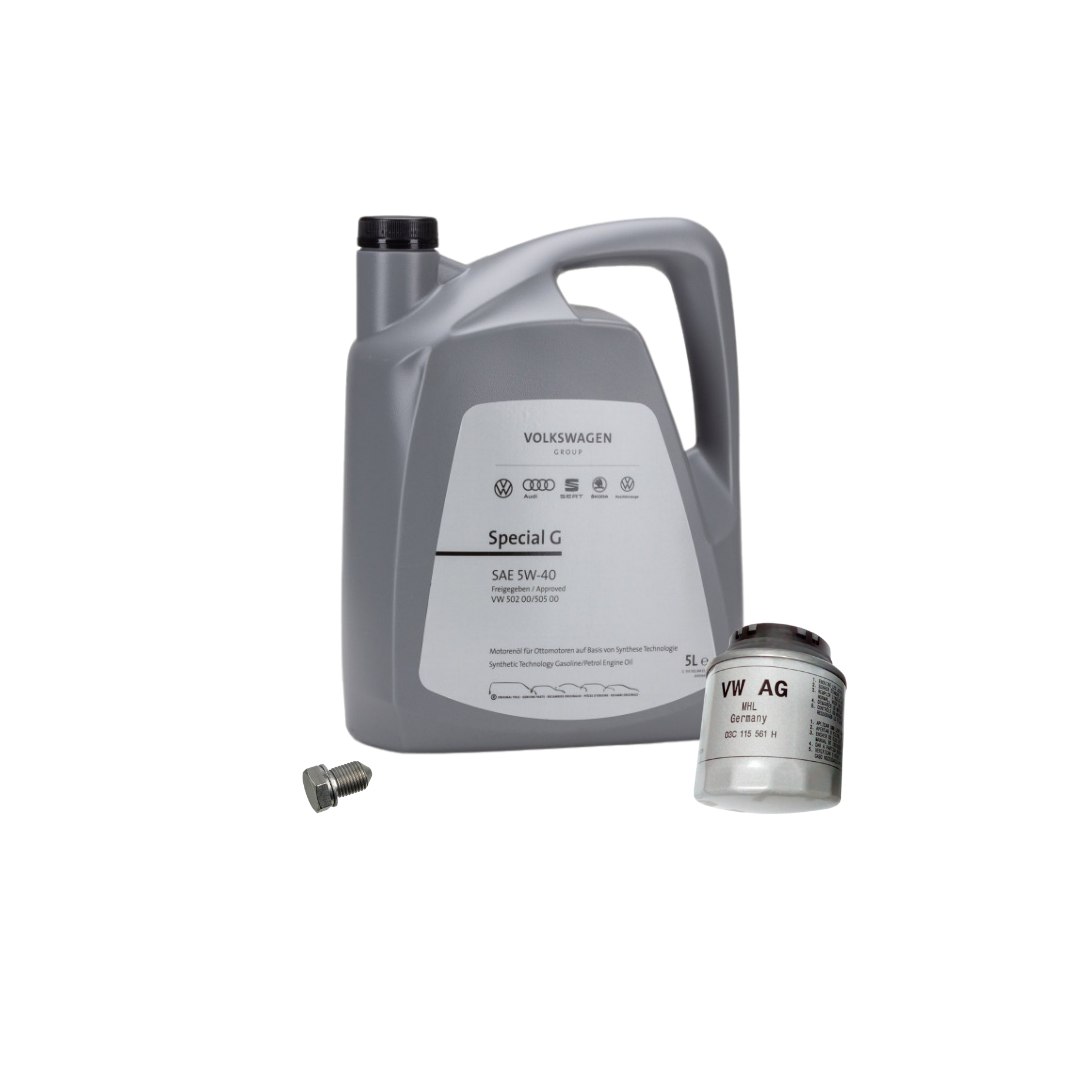Just How a Clp Engine Can Boost Effectiveness in Different Industries
The development of CLP engines notes a substantial change in operational effectiveness across different markets, driven by their capability to maximize gas intake and lessen downtime. Industries such as manufacturing and logistics stand to gain substantially from their durable style and consistent power output, which promise to simplify operations and improve productivity. As companies progressively prioritize sustainability along with effectiveness, the role of CLP engines comes to be much more important. What stays to be seen is just how these improvements will certainly form the future landscape of industrial operations and their effect on more comprehensive economic patterns (clp engine).
Summary of CLP Engines
CLP engines, or Constant Liquid Propellant engines, represent a considerable innovation in propulsion technology, particularly for area applications. These engines utilize a constant feed system that permits the sustained expulsion of propellant, bring about boosted effectiveness and performance contrasted to standard solid or hybrid propulsion systems. By preserving a continuous circulation of fluid propellant, CLP engines can accomplish much more precise drive control, which is important for maneuvering spacecraft in numerous objective circumstances.
The style of CLP engines incorporates sophisticated materials and ingenious fuel monitoring systems. clp engine. This results in lowered weight and enhanced reliability, essential aspects for long-duration space goals. The continuous operation decreases the risk of burning instability, a common difficulty in standard rocket engines.

Advantages in Manufacturing
The manufacturing of Continuous Liquid Propellant (CLP) engines presents several remarkable benefits that enhance both efficiency and cost-effectiveness. One of the primary benefits is the structured manufacturing process, which reduces the intricacy connected with typical propulsion systems. By making use of fluid propellant, suppliers can achieve greater precision in engine performance, resulting in enhanced energy output and decreased waste.
Furthermore, CLP engines assist in a greater level of modularity, permitting for less complicated integration into various manufacturing lines. This versatility can substantially decrease lead times and improve general operational flexibility. Using CLP modern technology also has a tendency to lessen the requirement for considerable upkeep as a result of less relocating components, which equates into reduced downtime and operational prices.

Applications in Logistics
Leveraging Continual Liquid Propellant (CLP) engines in logistics uses substantial benefits in functional effectiveness and dependability. These engines supply a robust service for various transportation needs, enabling the smooth activity of products across large distances. The inherent layout of CLP engines permits constant power outcome, which website link translates right into smoother and extra foreseeable transportation schedules.
Among the vital applications of CLP engines in logistics remains in durable freight transportation, where they can drive both ground and airborne cars. Their ability to maintain high efficiency under varying load problems makes certain that shipment timelines are satisfied, thereby boosting client fulfillment. Furthermore, CLP engines can be integrated right into automated logistics systems, assisting in real-time tracking and maximizing path planning.
Moreover, the resilience of CLP engines reduces upkeep downtime, enabling logistics business to maximize their functional capabilities. This is specifically valuable in warehousing procedures, where effectiveness in handling and moving products is crucial. As logistics proceeds to progress, the combination of CLP engines represents a forward-thinking strategy that not only boosts performance but additionally supports the sector's growing needs for dependability and rate.
Effect On Energy Performance
Exactly How do Continual Liquid Propellant (CLP) engines boost power efficiency in transportation? CLP engines use a consistent flow of over here fluid fuel, optimizing burning processes and preserving a secure thrust outcome. This layout minimizes power losses related to traditional burning engines, where gas delivery can vary and bring about inefficiencies.
The constant procedure of CLP engines permits a much more efficient thermal cycle, leading to greater specific impulse compared to standard engines. clp engine. This translates to minimized gas intake for the same quantity of job done, considerably decreasing functional prices across various transport fields, including aviation and maritime markets
Moreover, the ability of CLP engines to keep optimum performance under varying tons problems reduces the need for regular velocity and slowdown, even more improving fuel effectiveness. Boosted energy efficiency not only adds to set you back savings but also results in reduce greenhouse gas discharges, lining up with worldwide sustainability goals.
Future Trends and Innovations
Emerging improvements in Continuous Fluid Propellant (CLP) engine modern technology guarantee to revolutionize the landscape of transport effectiveness and sustainability. As markets pivot toward greener alternatives, CLP engines stand at the center, integrating innovative products and style techniques that enhance performance while decreasing environmental impact.
Among the most promising fads is the adoption of hybrid systems that incorporate CLP engines with sustainable energy resources. This synergy can maximize fuel consumption and minimize discharges, aligning with worldwide sustainability goals. Developments in computational fluid characteristics (CFD) are assisting in the design of even more aerodynamically efficient engines, leading to lowered drag and enhanced gas efficiency.
Furthermore, the growth of wise monitoring systems is readied to enhance functional efficiencies. These systems utilize data analytics and IoT modern technology to enhance engine efficiency in real-time, guaranteeing that the engines run within their most efficient criteria.
As research remains to explore different propellant formulations-- such as biofuels and Web Site synthetic gas-- the future of CLP engines looks promising. By taking advantage of these innovations, markets can not just enhance their performance but additionally contribute dramatically to a cleaner, more lasting future in transportation.
Final Thought
Finally, CLP engines represent a considerable innovation in efficiency throughout multiple markets. Their ability to enhance gas intake and decrease operational prices, incorporated with a continuous feed system, enhances power outcome and functional integrity. The integration of advanced materials and fewer moving parts lessens upkeep needs, while placement with sustainability goals settings CLP engines as a pivotal innovation for the future. Proceeded innovation in this field guarantees additional renovations in performance and ecological efficiency.